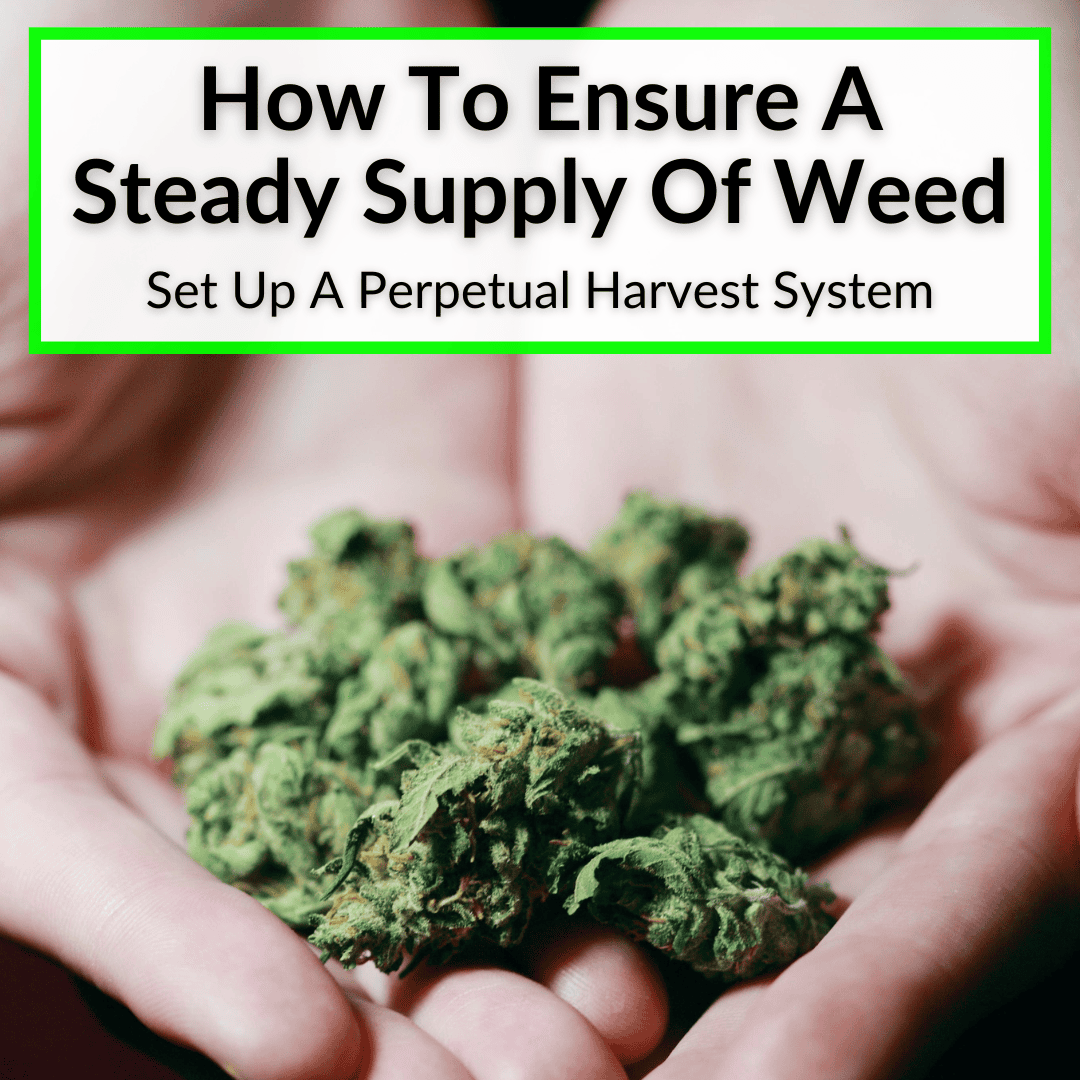 It’s the thing of dreams.
It’s the thing of dreams.
You have a constant supply of fresh marijuana to either smoke or sell.
This means steady income, or never being without something to smoke again.
Well, this dream can become reality.
The key is a perpetual harvest system.
We will show you how to ensure a steady supply of weed by setting up such a system.
Keep reading to learn everything you need to know, from set up, to running the system, to maintenance and troubleshooting.
Contents
- 1 How Ensure A Steady Supply Of Weed
- 2 Set Up A Perpetual Harvest System: Final Thoughts
How Ensure A Steady Supply Of Weed
The best way to ensure a steady supply of weed is to set up a perpetual harvesting system. Let’s find out what that entails.
What Is Perpetual Harvesting For Weed?
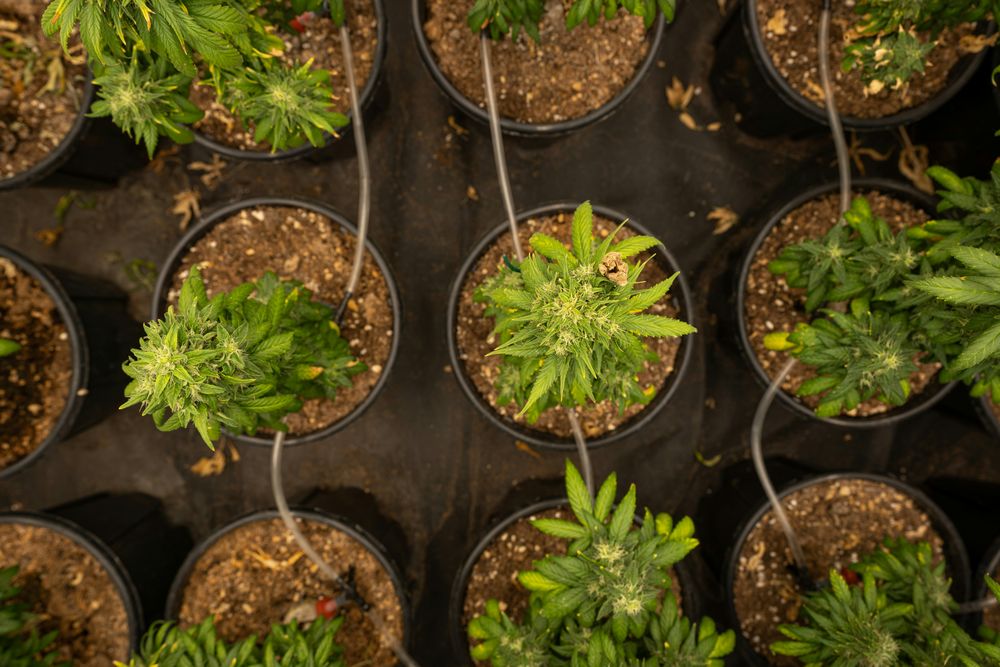
Perpetual harvesting for weed is a growing strategy designed to ensure you get a continuous and consistent supply of beautiful buds throughout the year.
Rather than harvesting all your plants at once, a perpetual harvest system staggers planting and harvesting so that there are always plants at different stages of growth.
The primary purpose is to maintain a steady and reliable flow of buds, allowing you to harvest a few of your plants at regular intervals throughout the year, with the next batch already well on the way to maturity.
Benefits Of A Perpetual Harvest System
A perpetual harvest system has a number of important advantages. Let’s find out what they are.
Continuous Supply Of Weed To Smoke Or Sell
With a perpetual harvest system, you can harvest mature buds on a regular basis, ensuring the constant availability of cannabis for your personal use or distribution.
Improved Efficiency
By staggering your planting and harvesting cycles, you optimize your grow space and resources, maximizing yield and minimizing downtime.
Reduced Risk Of Crop Failure
Unlike traditional methods, where a single harvest failure can result in a complete loss, a perpetual harvest system spreads out the risk, making your operation more resilient to unforeseen challenges.
Better Quality Control
With plants at different stages of growth, you have the opportunity to experiment with different strains, growing techniques, and environmental conditions, leading to a more refined and consistent end product.
Drawbacks Of A Perpetual Harvest System
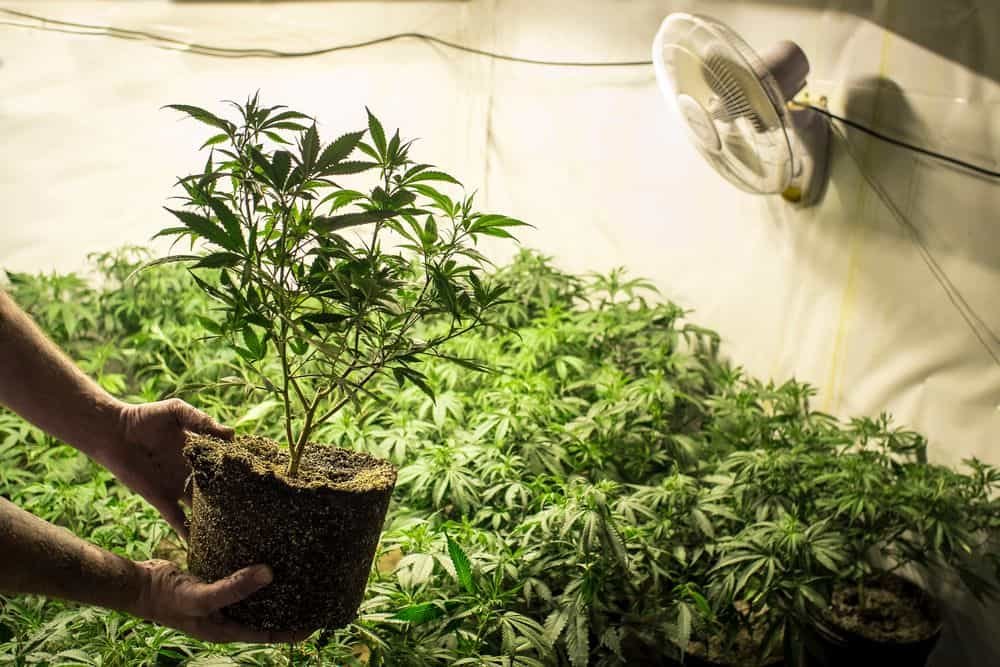
Naturally, a perpetual harvest system has some drawbacks, too. Let’s take a look at its disadvantages next.
Increased Complexity
Managing a perpetual harvest system requires careful planning and coordination to ensure that plants are consistently rotated through the various growth stages.
This complexity can be challenging for novice cultivators or those with limited experience. But it does get easier once up and running.
Higher Initial Investment
Setting up a perpetual harvest system may require a slightly larger initial investment in the infrastructure of your grow space, compared to more traditional growing methods.
Continuous Maintenance
Maintaining a perpetual harvest system for weed involves ongoing tasks such as monitoring environmental conditions, adjusting nutrient levels, and managing pests and diseases for plants at different stages of growth. This requires a commitment of time and effort to ensure the success of your operation.
Setting Up Your Perpetual Harvest System
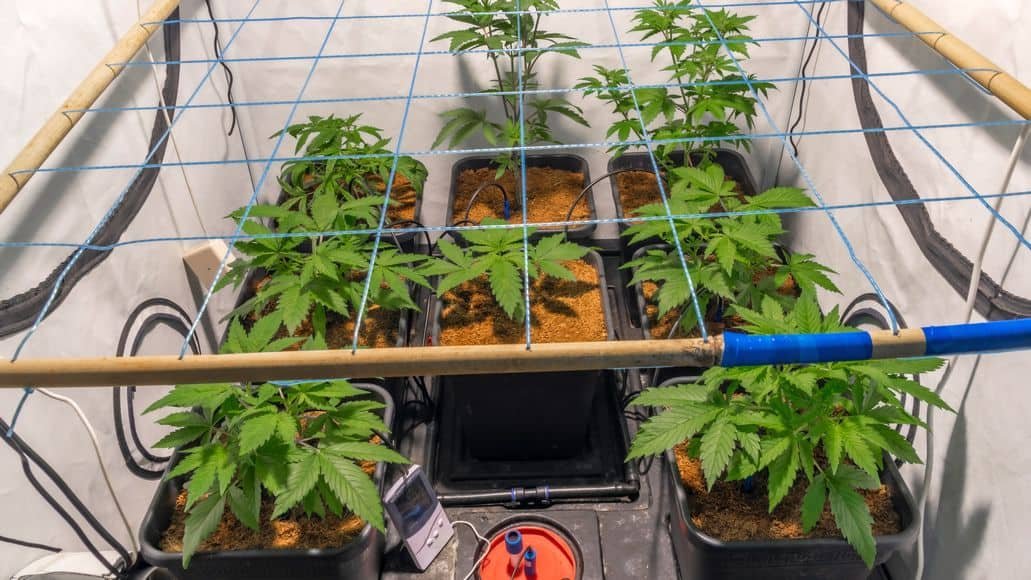
When setting up your perpetual harvest system, choose a location that provides adequate space, privacy, and environmental control. Think about factors such as access to natural light, ventilation, and security.
Whether you opt for an indoor, outdoor, or greenhouse setup, ensure that the space is easily accessible for maintenance and monitoring.
Equipment And Supplies Needed
Let’s take a look at the equipment you will need. For the most part, it is the same as a standard growing setup.
Lighting
Invest in high-quality, full-spectrum grow lights suitable for both vegetative and flowering stages. LED, HID, or fluorescent lights are popular choices, depending on your budget and space constraints. For most, LED grow lights are by far the best option. These are the best LED grow lights for weed.
Ventilation
Install exhaust fans, intake fans, and carbon filters to maintain proper airflow and control humidity levels within your grow space.
Containers And Medium
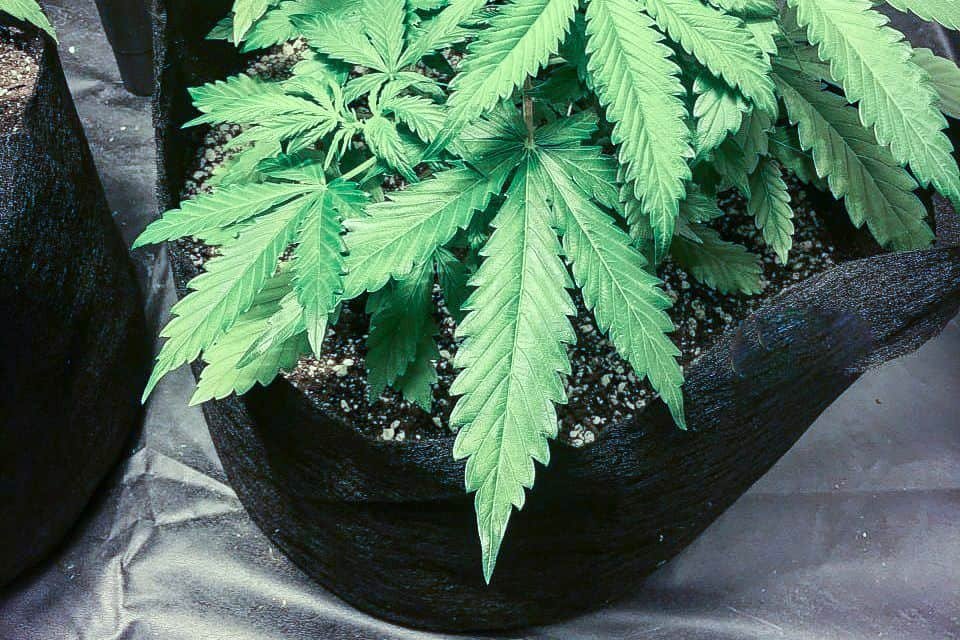
Choose pots or containers with adequate drainage and opt for a suitable growing medium such as soil, coco coir, or hydroponic systems.
Nutrients
Purchase a comprehensive nutrient regimen tailored to the specific needs of your plants during the different growth stages.
Monitoring Tools
Equip yourself with pH meters, EC meters, thermometers, and hygrometers to help you monitor and maintain your grow space’s environmental conditions.
Choosing The Right Strains
Select cannabis strains that are well-suited to your growing environment, skill level, and desired effects. Check out different indica, sativa, and hybrid varieties to find strains that offer the flavor profile, potency, and medicinal properties you prefer.
Also, pay attention to factors such as differing flowering times, yield potentials, and resistance to pests and diseases when choosing strains for your perpetual harvest system.
Planning Your Grow Space Layout
Your first job will be to assess the available square footage of your grow space and consider how you can best utilize it. Take into account the dimensions of the area as well as any obstacles or structural limitations, such as access to power outlets, that may impact your layout.
Next, plan your lighting configuration. Ensure that your grow space has adequate access to natural light or that you have the appropriate artificial lighting setup in place.
Full-spectrum lighting that works well for each different stage of growth is a good idea for perpetual harvest systems.
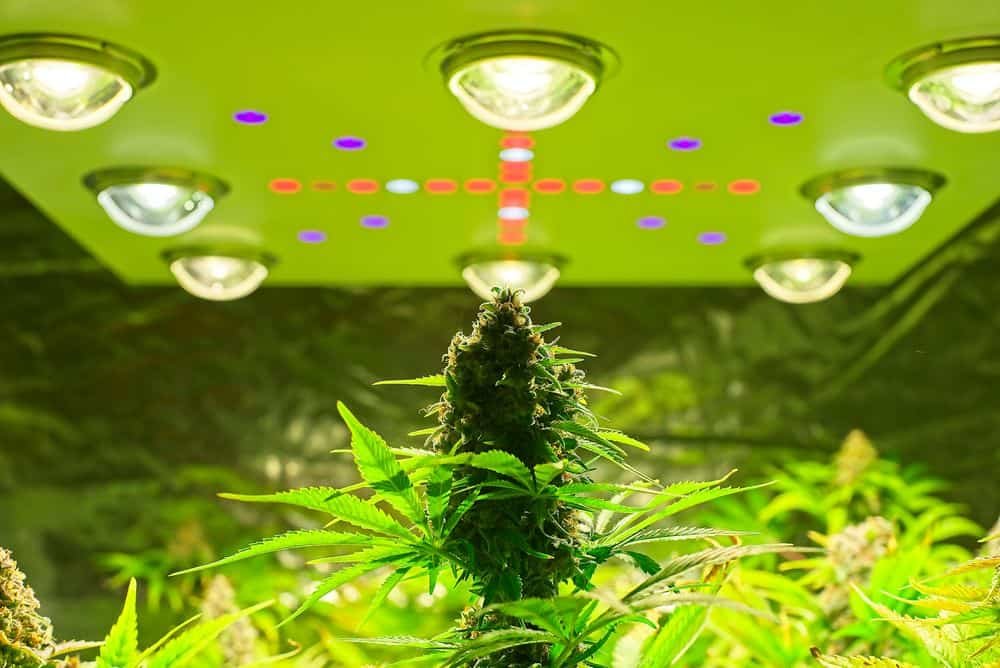
To maximize workflow efficiency, create separate zones or rooms for each stage of the growth cycle. Designate areas for propagation, vegetative growth, flowering, and drying/curing to streamline your cultivation process and to keep control over the environmental conditions.
When arranging your plants within each zone, plan for even light exposure and good airflow. Position your plants in a way that ensures each gets plenty of light. And remember to leave ample space between your plants to allow for proper air circulation.
Maintaining Your Perpetual Harvest System
Managing plants at various growth stages simultaneously in your perpetual harvest system requires careful attention to their specific needs.
You’ll need to balance tasks such as watering, pruning, and training across different plants to ensure each receives the care it requires at the right time.
Regularly assess the progress of plants in each stage and adjust your maintenance routines accordingly, to promote healthy growth and development.
Nutrient Regimes For Different Growth Stages
Nutrient requirements vary throughout the growth cycle, so it’s essential to tailor your nutrient regimes to meet the specific needs of plants at different stages. Monitor nutrient levels in the soil or growing medium and adjust your feeding schedule and formulations accordingly.
Be mindful of the transition between vegetative and flowering stages, adjusting nutrient ratios to support robust flowering and big bud development.
Correct Lighting For Different Growth Stages
Proper lighting is vital for promoting healthy growth and maximizing yield in your perpetual harvest system. Use adjustable or full-spectrum lights that can be customized to meet the needs of plants at different growth stages.
During the vegetative stage, provide ample light to encourage strong foliage growth and development. As plants transition to the flowering stage, adjust lighting schedules and intensity to promote flowering and bud production.
Troubleshooting Common Issues
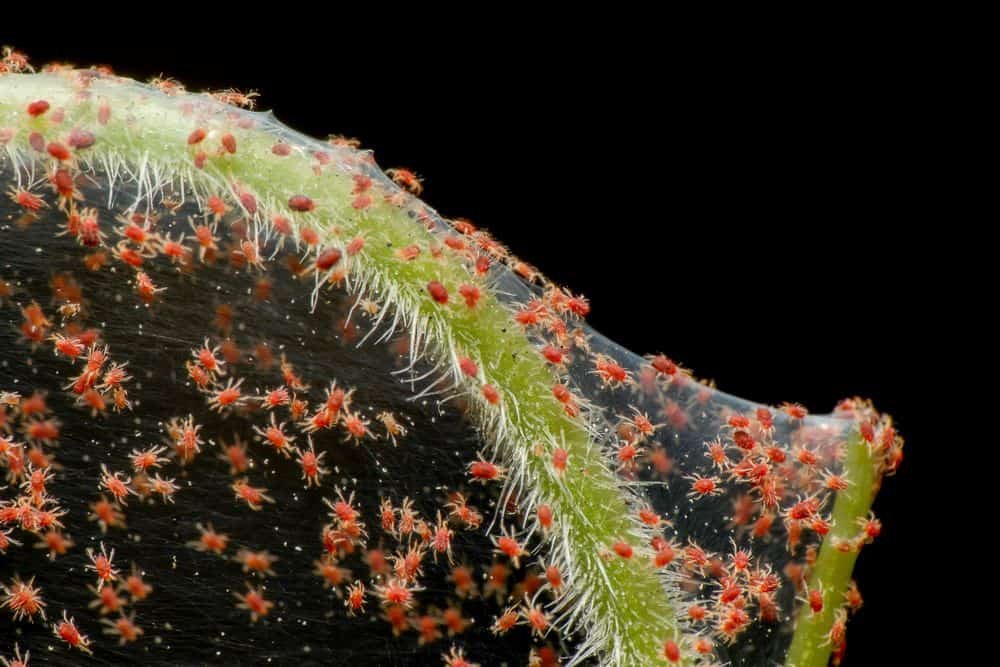
Next, let’s take a look at some common problems you might encounter when setting up and running a perpetual harvest system.
Nutrient Imbalances
Monitor plant health and growth for signs of nutrient deficiencies or toxicities, and adjust nutrient levels accordingly. Make sure you’re giving the right plants water from the correct vessels. For example, if watering by hand, consider color-coded watering cans.
Pest Infestations
Identify the type of pest causing the issue and implement appropriate control measures, such as introducing predatory insects, applying insecticidal soaps, or using botanical pesticides.
Disease Outbreaks
Quarantine affected plants to prevent the spread of disease, and treat with fungicides or other disease management strategies as necessary.
Environmental Stress
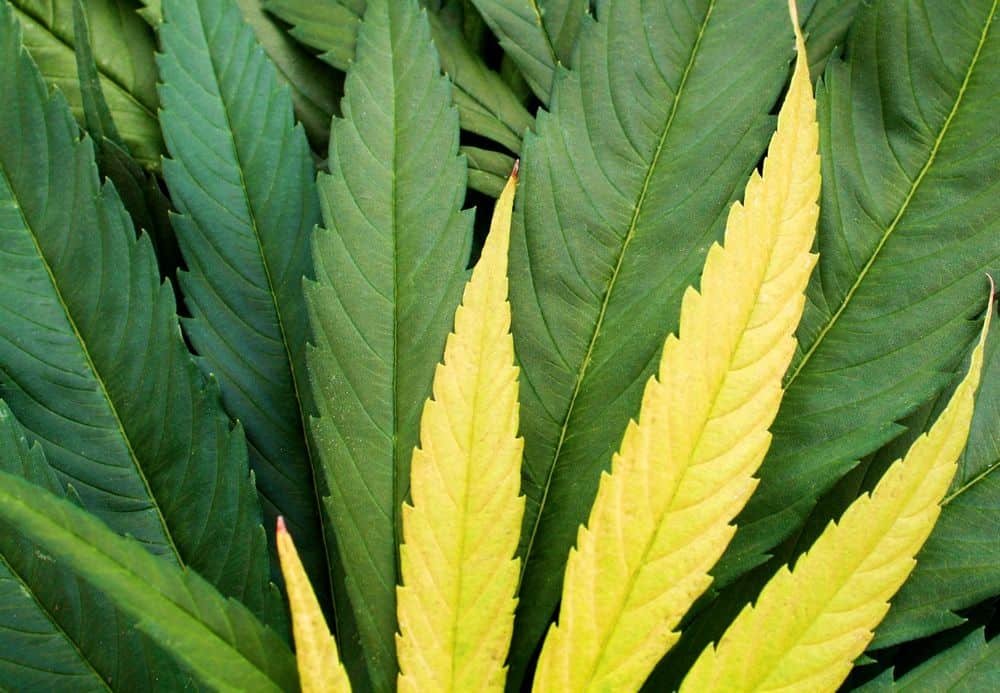
Identify and address factors such as temperature fluctuations, humidity levels, and light intensity that may be causing stress to your plants. Make adjustments to create a more stable and favorable growing environment.
Set Up A Perpetual Harvest System: Final Thoughts
A perpetual harvest system is an excellent way to ensure a steady supply of cannabis. By staggering the growth stages of your plants, you can achieve a continuous cycle of planting, growing, and harvesting, which can provide a regular supply of fresh buds.
This method offers benefits such as increased efficiency, improved quality control, and a reduced risk of total crop failure. However, it also comes with challenges like a higher initial investment, increased complexity in management, and the need for constant maintenance.
To successfully implement a perpetual harvest, careful planning and attention to detail are crucial. You’ll need to invest in the right equipment, select appropriate strains, and design an efficient layout for your grow space.
Moreover, maintaining the system requires a dedicated approach to monitor and cater to the varying needs of plants at different stages of growth. Nutrient regimes, lighting schedules, and environmental conditions must all be managed with precision.
While it may seem daunting at first, the rewards of a perpetual harvest system—primarily consistent access to your own supply of weed—are well worth the effort.
ith time, experience, and a bit of trial and error, you can refine your perpetual harvest system into a well-oiled machine that produces high-quality cannabis year-round.
Leave a Reply